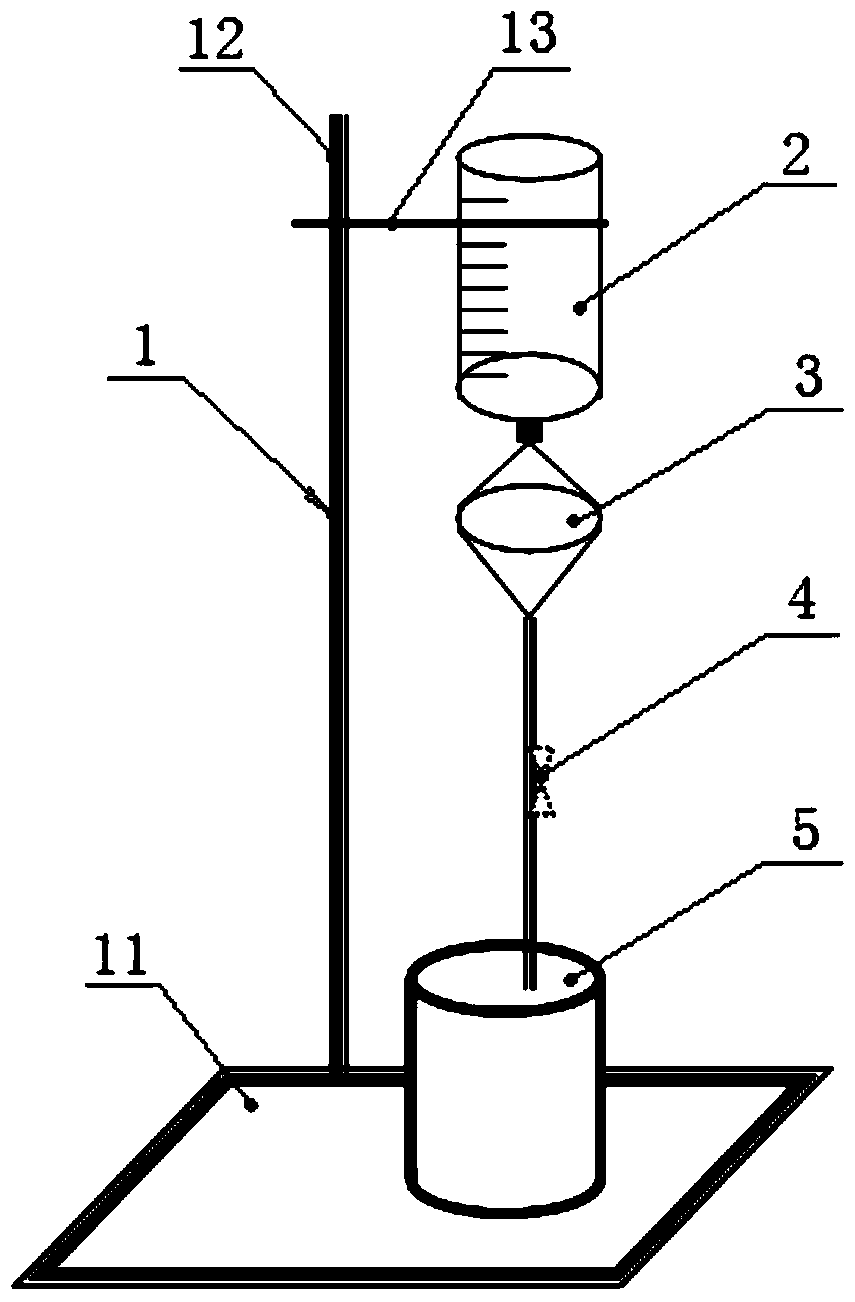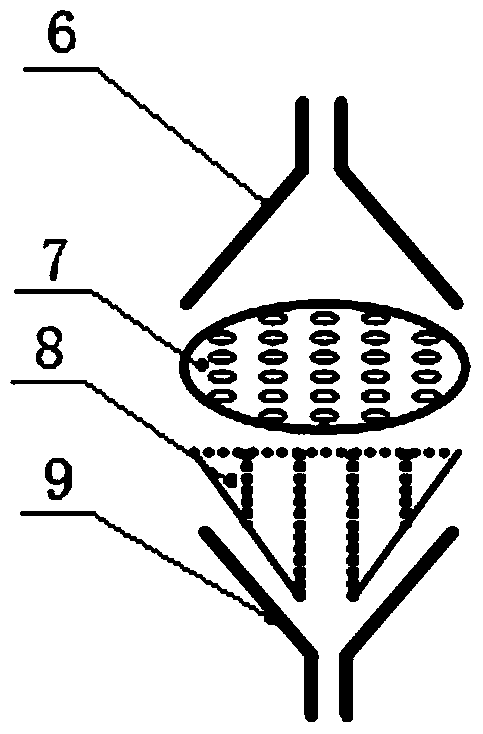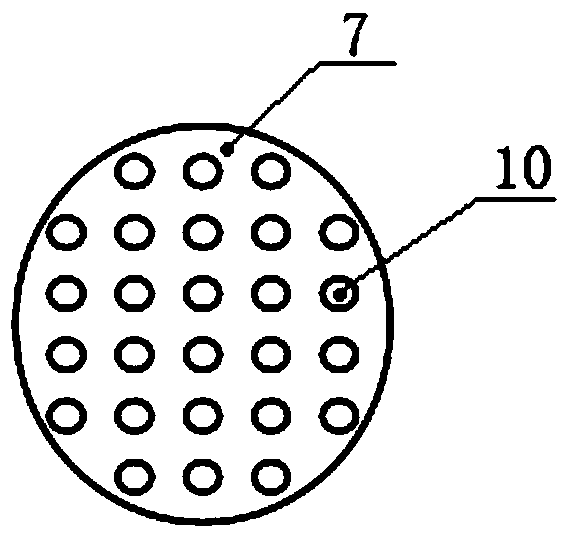A method for detecting peripheral blood gpc3 in patients with hepatocellular carcinoma
A detection method and technology for hepatocellular carcinoma, which are applied in measurement devices, preparation and sampling of samples for testing, etc., can solve the problems that liver cancer patients are not suitable for taking tissue samples and cannot make a clear diagnosis of liver cancer, etc., and achieve the effect of real-time detection.
- Summary
- Abstract
- Description
- Claims
- Application Information
AI Technical Summary
Problems solved by technology
Method used
Image
Examples
Embodiment
[0052] This technique was used to isolate and identify circulating tumor cells in the peripheral blood of 8 patients with liver cancer (while detecting 8 normal samples as negative controls), and to detect the expression of GPC3.
[0053] 1. Using a membrane filtration device to separate and obtain CTCs in the peripheral blood of liver cancer patients whose tissue samples cannot be obtained:
[0054] Collect 5ml of peripheral blood from each sample, dilute the peripheral blood with 45ml diluent (ingredient: 1mmol / l EDTA+0.1%BSA), and then add 3ml of 4% paraformaldehyde to fix the diluted blood sample for 10 minutes.
[0055] At fixed intervals, assemble the membrane filtration device: as attached figure 1 , figure 2 , image 3 As shown, the filter device is composed of a filter 3 , a filter membrane 7 , a blood sample container 2 , a waste liquid tank 5 , and an iron stand 1 .
[0056] Wet the filter 3 with 10ml of PBS, then add the fixed peripheral blood sample into the blo...
PUM
| Property | Measurement | Unit |
|---|---|---|
| thickness | aaaaa | aaaaa |
| molecular weight | aaaaa | aaaaa |
| diameter | aaaaa | aaaaa |
Abstract
Description
Claims
Application Information
 Login to View More
Login to View More - R&D
- Intellectual Property
- Life Sciences
- Materials
- Tech Scout
- Unparalleled Data Quality
- Higher Quality Content
- 60% Fewer Hallucinations
Browse by: Latest US Patents, China's latest patents, Technical Efficacy Thesaurus, Application Domain, Technology Topic, Popular Technical Reports.
© 2025 PatSnap. All rights reserved.Legal|Privacy policy|Modern Slavery Act Transparency Statement|Sitemap|About US| Contact US: help@patsnap.com



